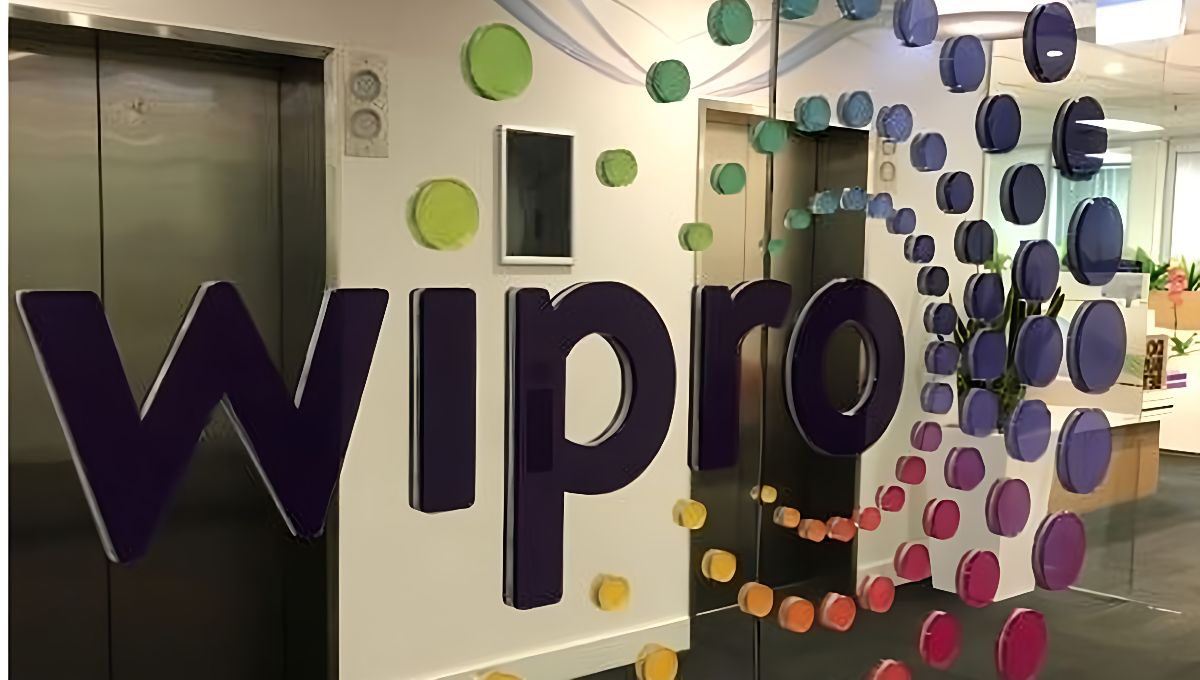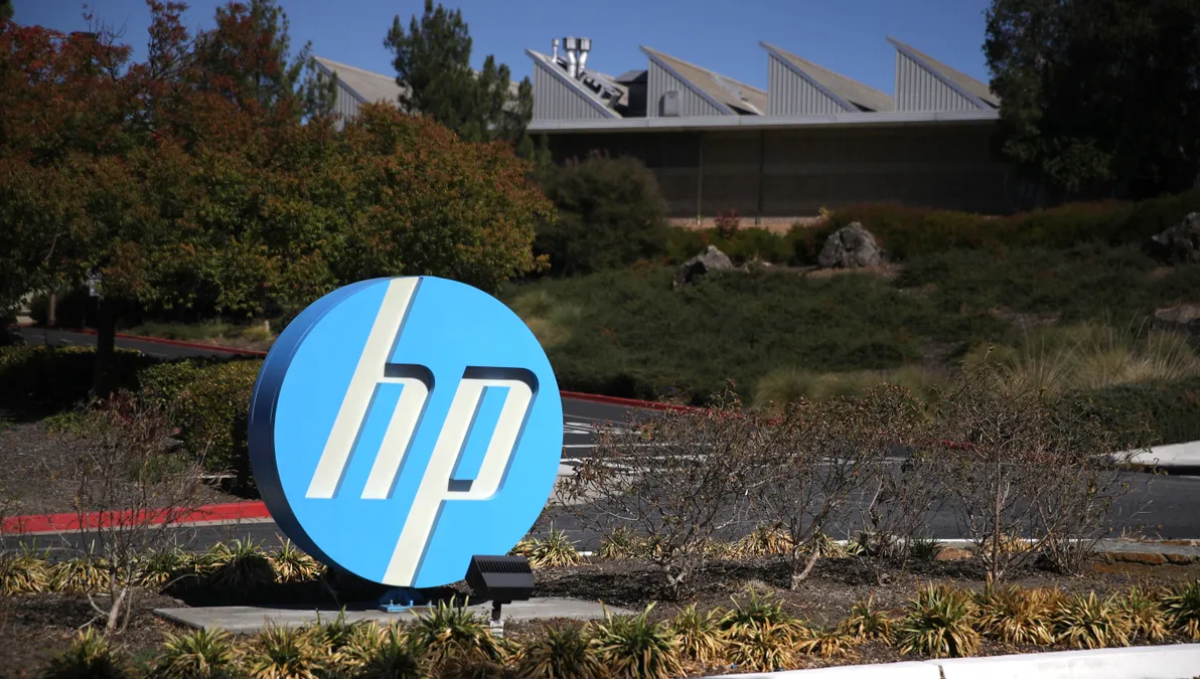OpenAI has introduced a new feature that lets ChatGPT users in the U.S. buy products from Etsy — and soon, Shopify — without ever leaving the chat. The feature, called Instant Checkout, represents a major step toward a more seamless and conversational online shopping experience, potentially shifting how power is distributed in the world of e-commerce.
Starting now, logged-in ChatGPT users — whether on the Free, Plus, or Pro plans — can use Instant Checkout to purchase items directly from U.S.-based Etsy sellers. Shopify support is also on the way, with over a million merchants expected to be included soon. That means popular brands like Glossier, Skims, Spanx, and Vuori will be just a few clicks away — inside a chatbot.
This builds on earlier shopping features in ChatGPT that helped users browse by showing product options, prices, images, reviews, and links based on prompts like “gift ideas for a pottery lover” or “office-appropriate sneakers.” Now, instead of being redirected to another site, users can tap a “Buy” button, confirm shipping and payment details, and place an order on the spot — using Apple Pay, Google Pay, Stripe, or a credit card.
Other tech companies are exploring similar directions. Last year, Perplexity launched an in-chat shopping tool, and Microsoft is already allowing merchants to set up storefronts inside its AI assistant through the Copilot Merchant Program.
This trend signals a shift away from traditional search and shopping platforms like Google and Amazon, toward AI-powered assistants that offer personalized recommendations, side-by-side comparisons, and frictionless checkout — all inside a single conversation.
It also opens the door for new players to influence what we buy and how we discover products. For years, Amazon and Google have dominated retail discovery, often prioritizing their own products or charging high fees to merchants just to stay visible. With shopping now starting inside tools like ChatGPT, the companies behind these chatbots gain more influence over product visibility and monetization.
OpenAI has emphasized that the product results shown in ChatGPT are not sponsored or paid for — they’re ranked based solely on relevance to the user. Merchants will pay a small fee for purchases completed through the platform, but OpenAI says the discovery process itself remains organic.
To support this new system, OpenAI is also open-sourcing the underlying tech — called the Agentic Commerce Protocol (ACP) — which was built with Stripe. By making ACP public, OpenAI is inviting other merchants and developers to build their own integrations, potentially accelerating the adoption of AI-powered commerce.
“Stripe is building the economic infrastructure for AI,” said Will Gaybrick, president of technology and business at Stripe. “That means rethinking the way commerce works and creating new AI experiences for billions of users.”
Some users may hesitate to share payment information with a chatbot, but OpenAI says it doesn’t process orders itself. Instead, payment and fulfillment are handled directly by the merchant using their existing systems. ChatGPT simply acts as a secure go-between.
By making its protocol available to others, OpenAI hopes to make AI-powered storefronts more common — and perhaps even become a central player in how online shopping works in the age of AI. But that also puts the company on a collision course with tech giants like Google, which recently introduced its own open standard for AI-initiated purchases, called the Agent Payments Protocol (AP2).
The race to define the future of AI-driven shopping is heating up — and it’s becoming clear that conversational commerce could soon be at the center of how we browse, discover, and buy.
Also Read:
OpenAI Rolls Out Safety Routing System and Parental Controls On ChatGPT
Former Microsoft execs launch AI agents to end Excel-led finance









